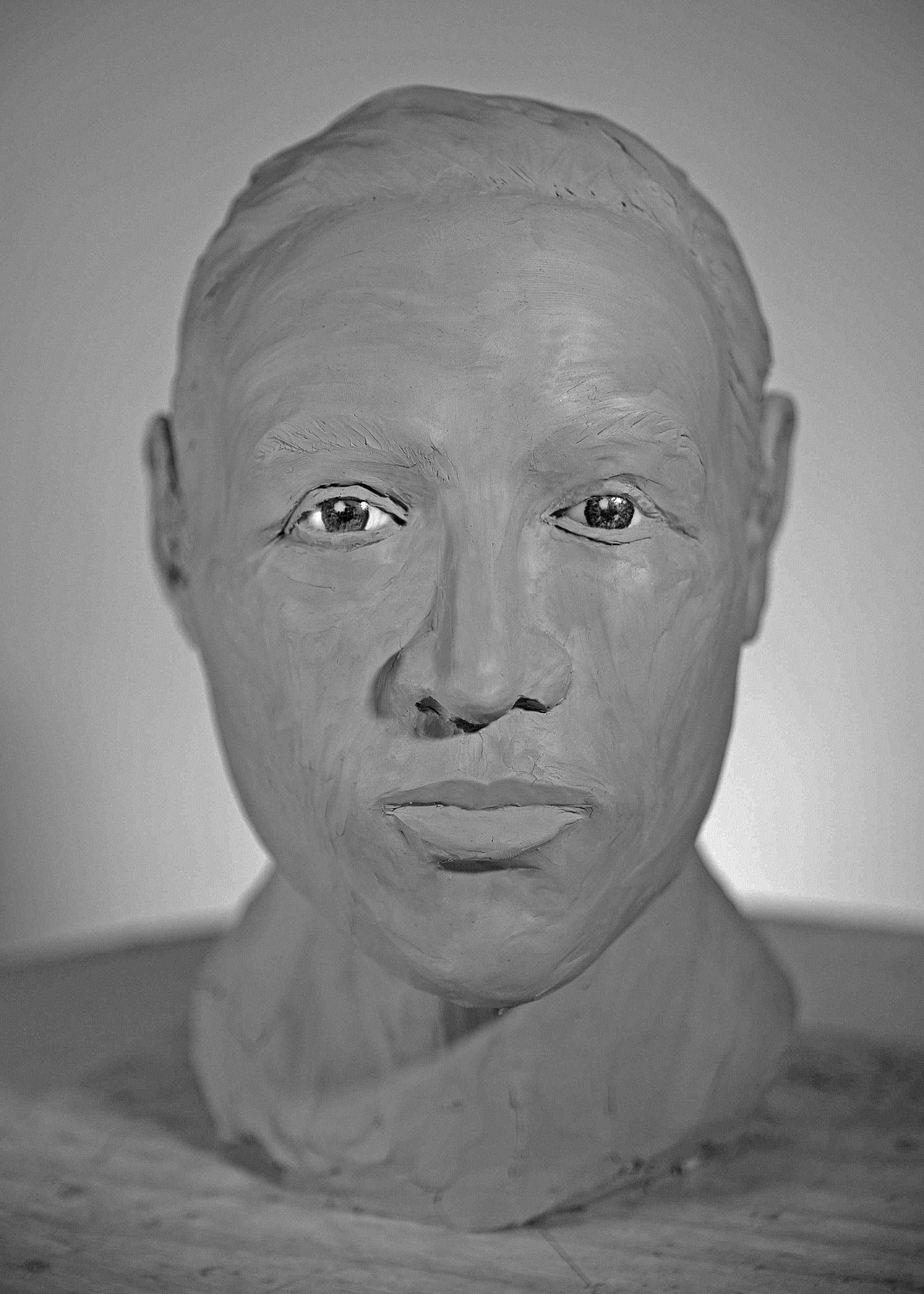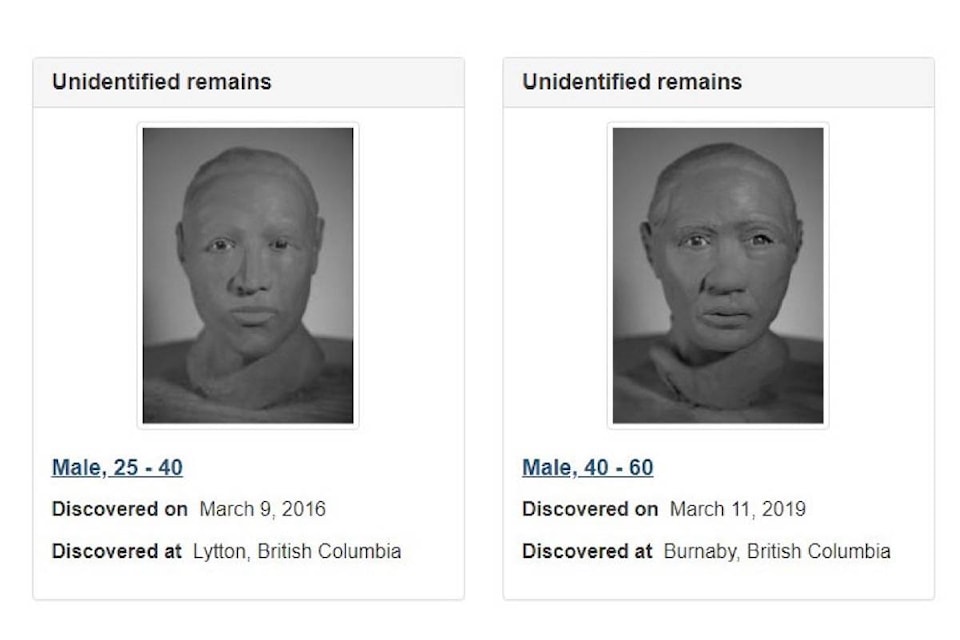“Cold cases” have become a staple of crime fiction, but they are all-too-real for police forces across the country. In B.C. there are currently 179 unidentified human remains investigations open, and there are more than 700 unidentified remains in the RCMP’s national database of missing persons and unidentified remains.
Thanks to a partnership between the BC Coroners Service, the RCMP, and the New York Academy of the Arts, police now have a new tool to help them in their investigations: 3D facial reconstructions using the skulls from 14 unidentified human remains investigations in B.C. (including one from near Lytton).
The BC Coroners Service provided the RCMP with skulls from 14 investigations dating back to 1972. The skulls were then recreated with 3D printing and transported to the New York Academy of the Arts, where students at the academy’s forensic sculpture workshop reconstructed the faces under the guidance of Joe Mullins, a senior forensic artist with the National Center for Missing and Exploited Children in the U.S.
The BC Coroners Service provided information such as sex, ethnicity, and height for the unidentified human remains investigations. Armed with that knowledge, as well as their anatomical expertise and artistic skills, the students spent the week reconstructing the faces by applying clay to 3D-printed versions of actual skulls.
The Lytton case involves a Caucasian male aged 25 to 40 whose remains were discovered in a forested area northeast of Lytton on March 8, 2016. It is estimated that the remains had been there for between five and 10 years.
The New York Academy of Art has hosted its forensic sculpture workshop annually since 2015. During that time, four visual identifications have been directly attributed to facial reconstructions performed during the workshop.
“The 14 skulls are part of the B.C. inventory of cold cases,” says Eric Petit, director, Special Investigations Unit, BC Coroners Service. “These are investigations where we have reached an impasse in terms of identifying the deceased individuals.”
Traditionally, when human remains are found, investigators use a variety of methods to identify the person. They may compare the remains to descriptions of reported missing persons, send samples for DNA testing, or search dental records. While these methods often yield results, police, coroners, and medical examiners might turn to more creative methods when they are unsuccessful.
In March 2019 the BC Coroners Service released an interactive map of the province with the location and details of unidentified human remains cases dating back to 1953, in the hope that the information might spark someone’s memory.
READ MORE: Map charts unsolved human remains cases from Port Hardy to Terrace
Details of the 2016 Lytton case are included on the map, as are the details for two cases between Lytton and Lillooet from 1962 and 1988 and one case in Cache Creek from 1994.
Petit says that the partnership with the New York Academy of the Arts is a unique opportunity to try to bring new light to otherwise stalled investigations. “Our hope is that these reconstructions will trigger a memory that results in someone connecting with us or the RCMP, which will lead us to identifying these individuals.”
“This collaborative project builds on other identification tools, including our unidentified human remains viewer, to help us close cold cases in our province.”
To see the reconstructions and profiles, go to the Canada’s Missing website at http://www.canadasmissing.ca/index-eng.htm. To view the interactive map, go to http://bit.ly/2U2TvkX.
editorial@accjournal.ca
Like us on Facebook and follow us on Twitter

